The renewable energy hub project by Innovating Energy is possible due to grant assistance under…
The quad bike conundrum
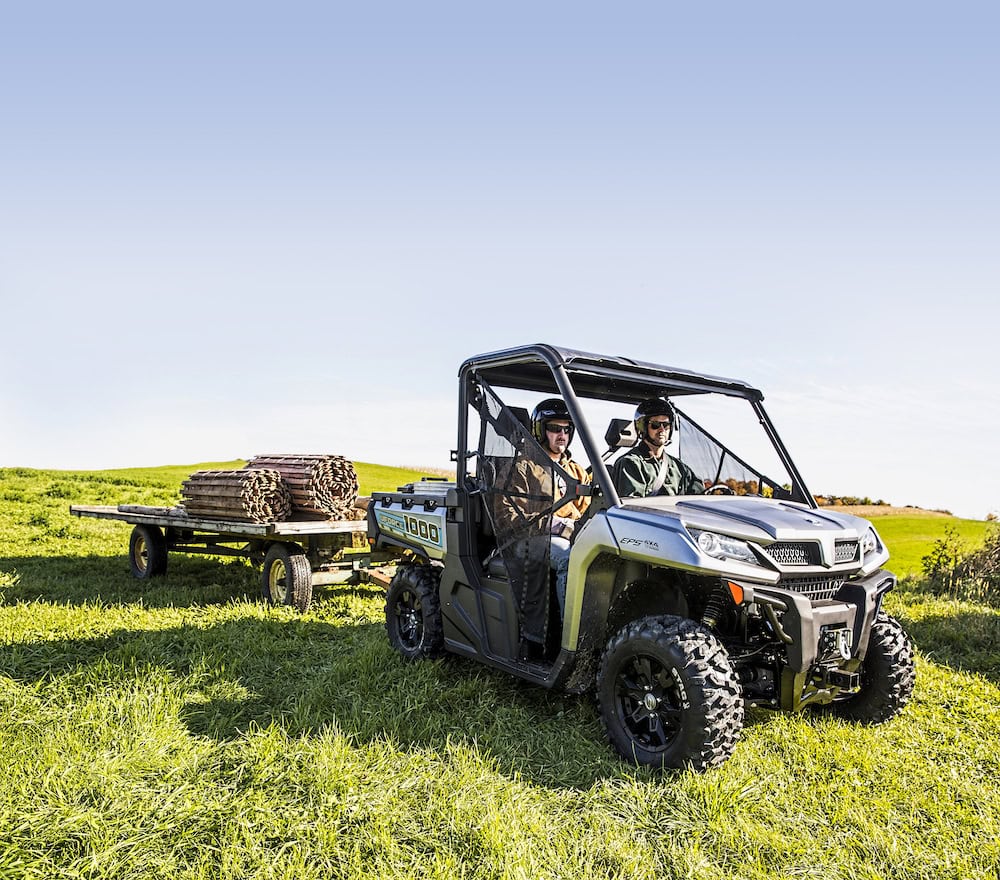
Farmers shook their heads with disbelief when panic buying gripped the country in March, with some shoppers even ending up in physical fights in supermarket aisles over loo rolls. Now, many farmers across NSW are panic buying too � but they are not after toilet paper. They’re buying quad bikes.
The frenzy reached a crescendo in June when Honda mirrored announcements made earlier in the year by Yamaha and Polaris that they would stop selling quads in Australia in October because of new federal laws that require new quads to have wider wheelbases for better stability, and come factory-fitted with operator protection devices (OPDs) that protect drivers from rollovers.
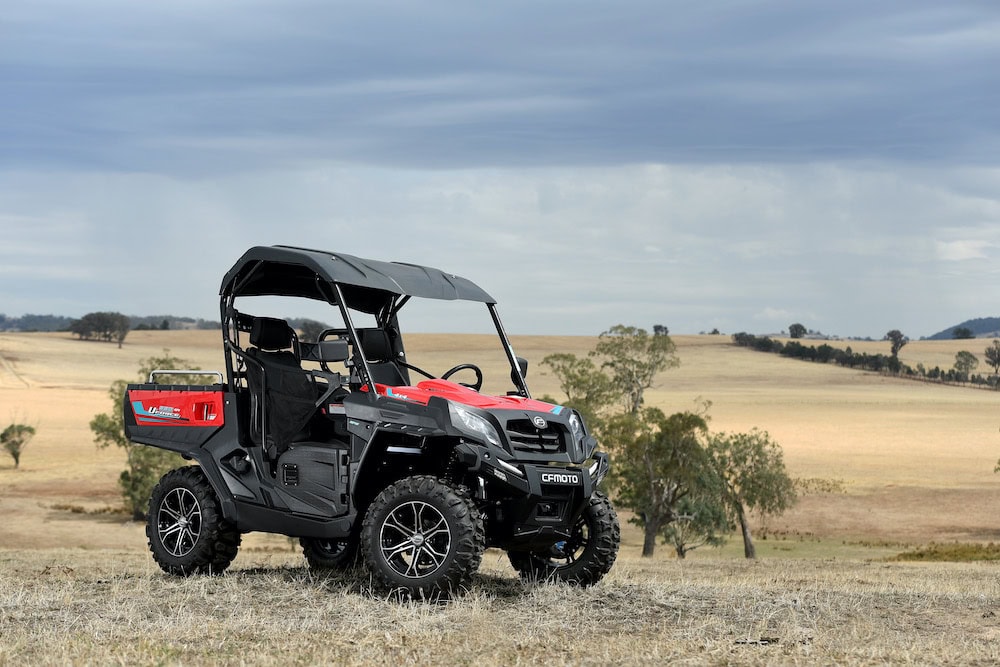
Between 2011 and 2018, 128 people were killed on quad bikes in Australia with nine more deaths recorded this year by Safe Work Australia, making quads the leading cause of death for farmers after suicide.
The most tragic stories include that of a 10-year-old boy killed while driving an ATV on a property near Nowra on the South Coast of NSW last year; and a 13-year-old girl killed on a property near Narrabri in the state’s west when her quad bike collided with a tree.
�It�s something that we, the family, have got to deal with for the rest of our lives,� Fairfax reported the girl’s father Josh Maxwell as saying outside a NSW Coroner’s Court where an inquest was held into the accident and others like it.
Around six people are hospitalised in Australia every day after crashing on quads.
�We had to look at the safety of these vehicles, the continuing deaths that are occurring, and the injuries and take whatever steps that were practically useful in reducing those,� says Mick Keogh, Deputy Chair of Australia’s consumer watchdog, the ACCC.
But the exit from the market of three of the biggest manufacturers present challenges for farmers who consider quad bikes an indispensable part of their operations and who can be culturally resistant to new safety regimes.
Life savers for quad bikes
The argument for OPDs seems quite straightforward. More than 70 per cent of quad bike fatalities on farms are due to drivers being pinned to the ground after rollovers, according to research by the University of NSW. Like seat belts and anti-lock braking, OPDs will save lives, the ACCC concluded, citing a similar law in Israel.
But Brad Ryan, who heads Yamaha Motors in Australia, disputes the claim.
“Yamaha, as we speak, is licensed to sell Utility ATVs without crush-protection devices in Israel. I think once Israel realised realised their rules were too restrictive, they re-negotiated them,” he says. “Presumably the ACCC didn’t check.”
Manufacturers also question the methodology the ACCC used to reach its conclusions.
�Safety standards must be evidence-based in both criteria and testing methods to internationally accepted standards,� says Robert Toscano, Managing Director of Honda Australia Motorcycle and Power Equipment.
�Honda has provided research to show the negative outcomes of the government’s proposal but unfortunately it was not considered and we are here in this position today,� he says, adding that the new regulations cannot be entirely met by any quad bike in the market today.
Mojo Motorcycles Pty Ltd, the Australian distributor for CFMOTO has already complied with the new laws and committed for their entire quad bike range to meet the new laws in the near future. This year it released a new 400cc quad bike with a wider wheelbase that comes with an Australian-made Quadbar Flexi � a semi-flexible pole mounted on the tow bar behind the driver that claims to significantly reduce the risks associated with rollovers.
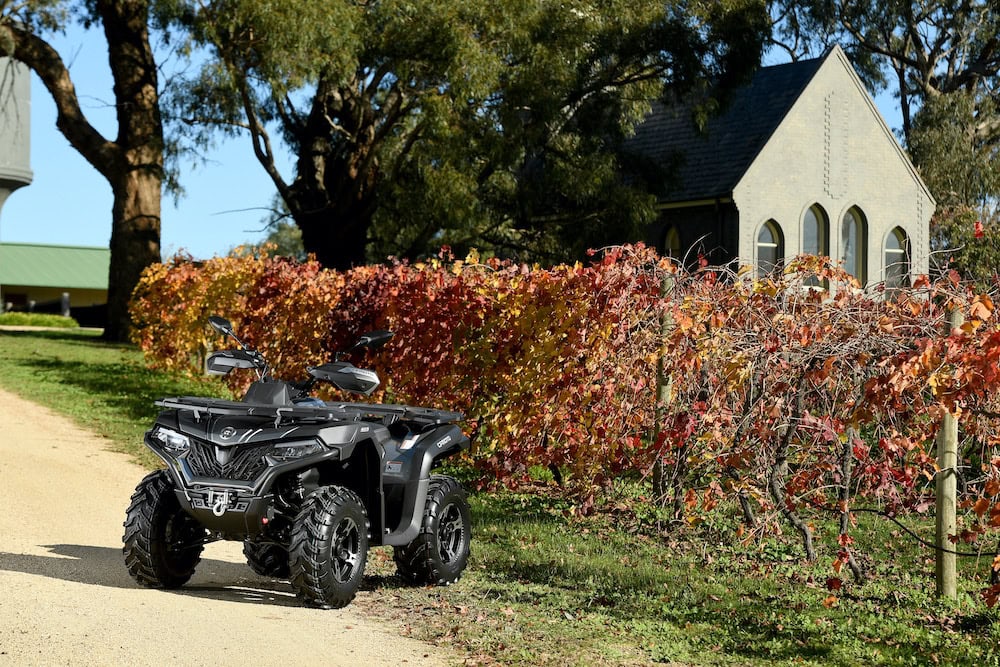
�I hit an unseen small bank at 40 kilometres an hour and the quad was airborne for six metres until landing upside down facing back towards the bank,� says Bruce, a grazier in the Southern Tablelands of NSW who asked his surname to be withheld. �I did a face plant and have a very sore back, but I am convinced the quad bar saved me from serious injury or death.�
The NSW Farmers Association, which has spent years educating members about the risk posed by quad bikes while at the same lobbying regulators to ensure farmers can continue to use them on their land with no additional legislative impost, commends manufacturers like CFMOTO for their dedication to safety improvement. It also puts a big question mark under claims made by Honda that it is simply not feasible to adjust its production line for Australia.

�Unfortunately Australia did not have safety standards for quad bikes before and some manufacturers are taking a militant approach by withdrawing from the market because they don’t want to comply,� says NSW Farmers‘ workplace relations director Gracia Kusuma. �So there are divided opinions within the farming community on whether mandating OPDs is necessary, similar to the debates that occurred when OPDs were mandated for tractors. It should be noted that a case precedent has been set in Queensland where a quad bike with no OPD has been found to be unsuitable for farm work, exposing farmers to significant damages in the event of an accident. In December 2018, a farmer was ordered to pay $400,000 to an individual who was assisting on farm (not an employee) who was injured in an accident because the quad bike did not have safety features including an OPD.�
Personal liability
Honda is also lobbying for mandating helmets, rider training and stopping children under 16 years of age from riding adult-size quad bikes.
Warren Jonsson, a grazier who installed crush-protection devices on his fleet of eight quad bikes after his father was killed in a rollover while checking fences agrees the onus needs to be on farmers and managers to provide a safe place to work.
�People have got to be a bit accountable for their own doings,� he told the ABC, adding the government should force or at least credit farmers for fitting after-market crush-protection devices on their quad bikes.
Polaris, the world�s largest manufacturer of dedicated off-road vehicles, says its objection to the new regulations are not based on the cost of retooling their factories but what they claim to be a lack of research to show OPDs save lives. �We actually believe they cause as many injuries as they save,� a spokesperson for the company says.
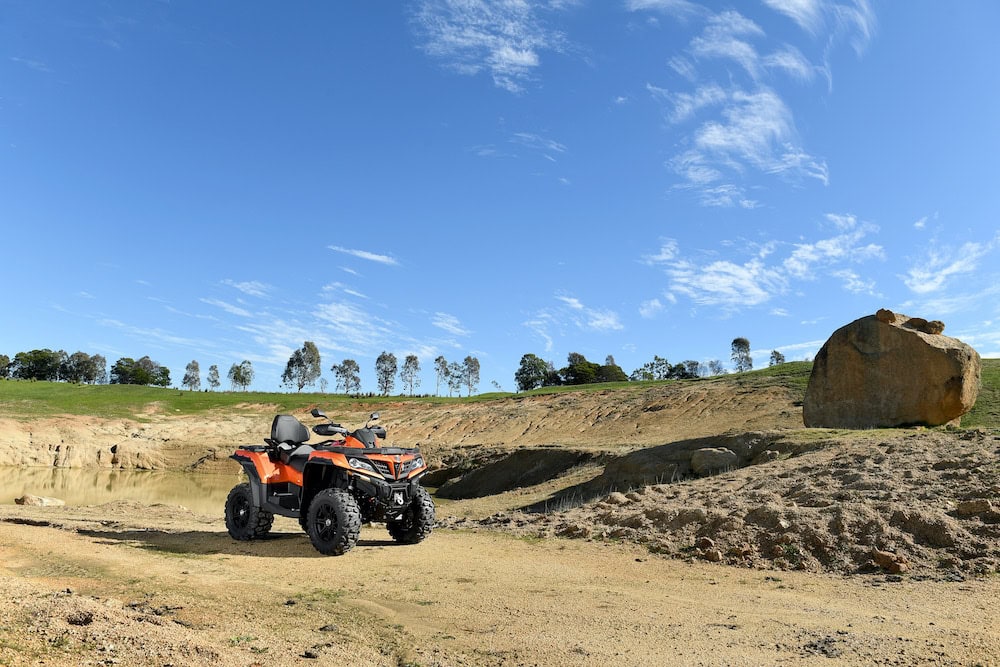
Ms Kusuma rubbishes this claim. �Saying OPDs are more dangerous is false and not backed up by data,� she says. �They have never caused a single quad-bike fatality in Australia.�
Polaris’ decision to exit the quad market in Australia was also based on farmers’ changing preference for beefier UTVs (utility task vehicles) or also known as Side by Side Vehicles (SSVs). �Being the industry leader, the observed sales trend in Polaris vehicles provides a likely bellwether for how the rest of the industry�s sales will follow in the future,� the spokesperson says, adding that the move away from quad bikes is so pronounced the new regulations could soon be irrelevant.
�Much time, effort and taxpayer funds are being squandered in well-intentioned but misguided efforts to redesign quad bikes,� the spokesperson says. �The significant financial resources currently being spent would be better spent incentivising consumers to move to UTVs.�
But the NSW Farmers Association is advising farmers to ignore rumours quad bikes will no longer be available in NSW. �We want to assure the farming community that quad bikes will continue being available beyond October 2021. They aren’t going anywhere,� NSW Farmers’ President James Jackson says. �Hopefully what will change is we�ll see fewer serious injuries and deaths.�
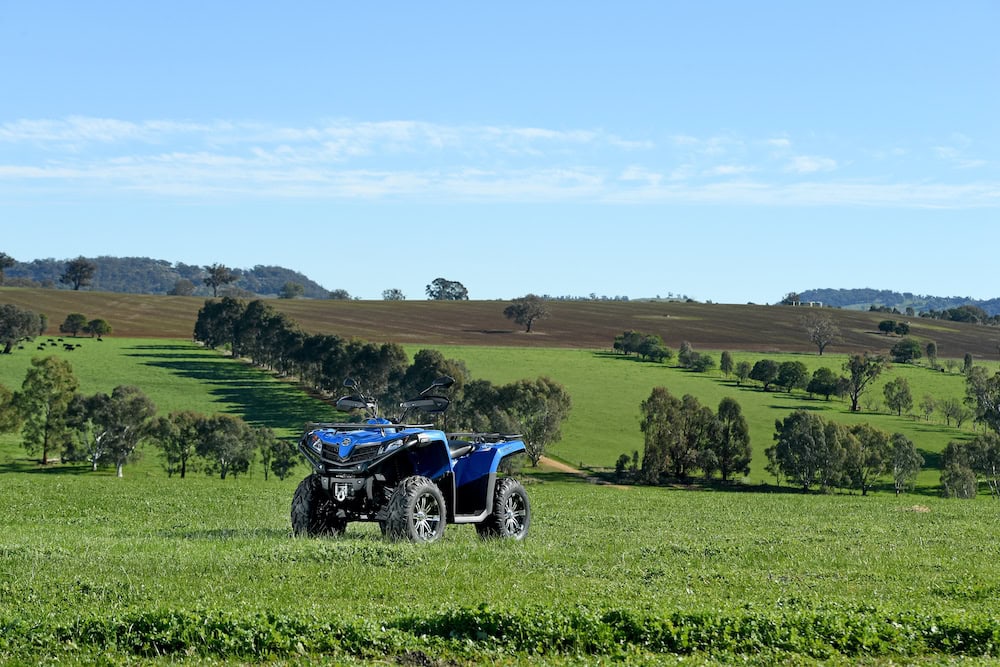
A survivor’s tale
Annie Rogers is a cattle farmer in the Hunter Valley region. Here she talks about nearly losing her husband Rowan to an ATV accident, and why she believes OPDs are the way forward.
Eight years ago, a steer belonging to Annie and Rowan’s neighbour had managed to get into their paddock, so Rowan raced off on one of the property’s quads to round it up. When Rowan found the steer, it was mad. It jumped across the front of the quad bike, clipping it with its hooves and causing it to roll over.
“When Rowan came off the quad he was hurt pretty badly and wanted to call me, but his phone was in the shed,” Annie explains. “We have a big property � more than 3,500 acres � but Rowan somehow managed to limp and crawl back home.”
He was airlifted by helicopter to a hospital in Newcastle where they found he had seven broken ribs.
“My husband was pretty lucky in the grand scheme of things, but so many others are not,” Annie says. “They say only two per cent of quad bikes are sold in Australia but I bet we account for much more than 2 per cent of quad accidents, because the terrain here is so dangerous, especially after it’s been raining and new growth hides gullies and fallen logs. A farmer who has ridden around the same paddock for years can easily go wrong.”
After the accident Annie and Rowan put LifeGuard roll bars on all of their ATVs.
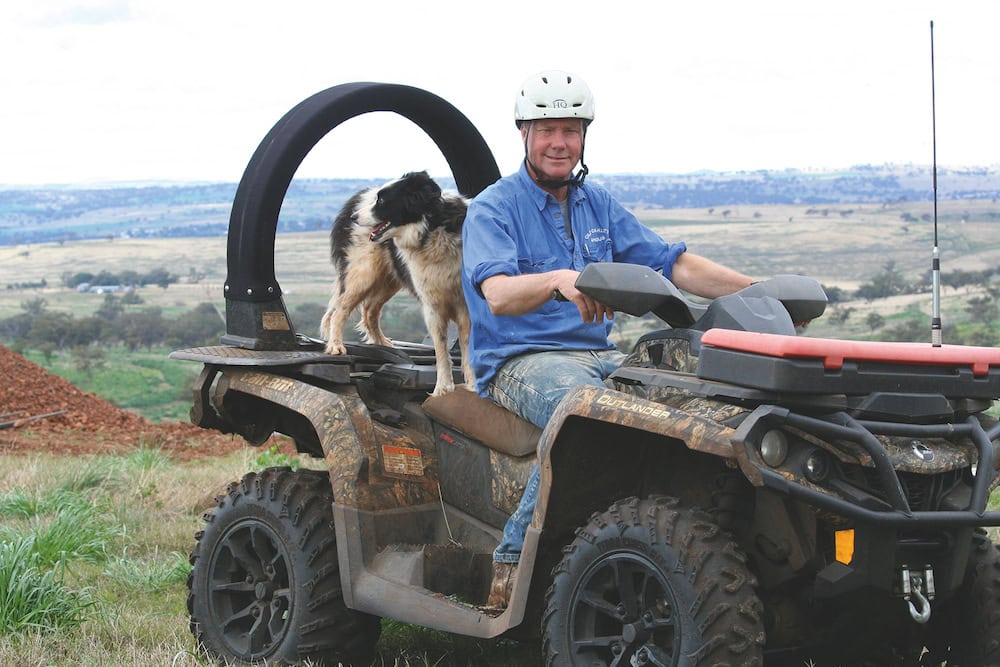
“I think they’re amazing; they have so much research into these things. Accidents still happen but they give you peace of mind,” Annie says. “I think the new legislation is fantastic, and long overdue. If the government didn’t bring it in we’d have more accidents and lose more of our people. And for those manufacturers that say their quads aren’t stable enough to cope with a roll bar? I would think twice about buying their machines!”


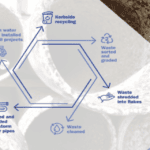
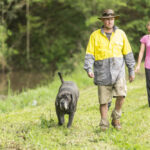
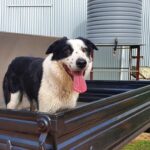

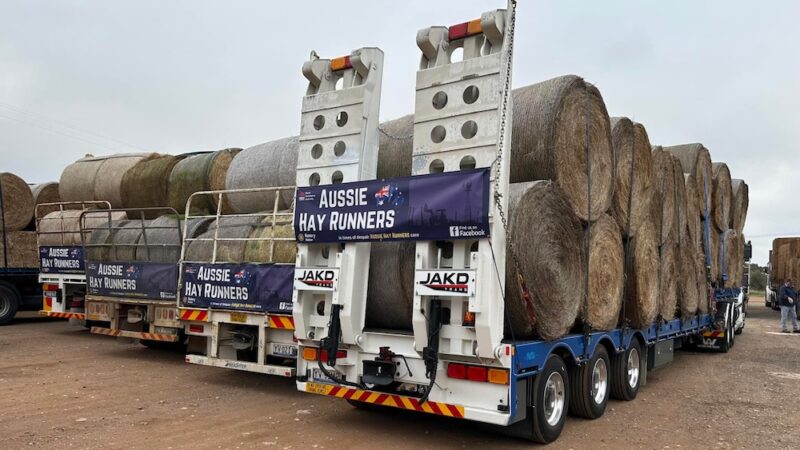
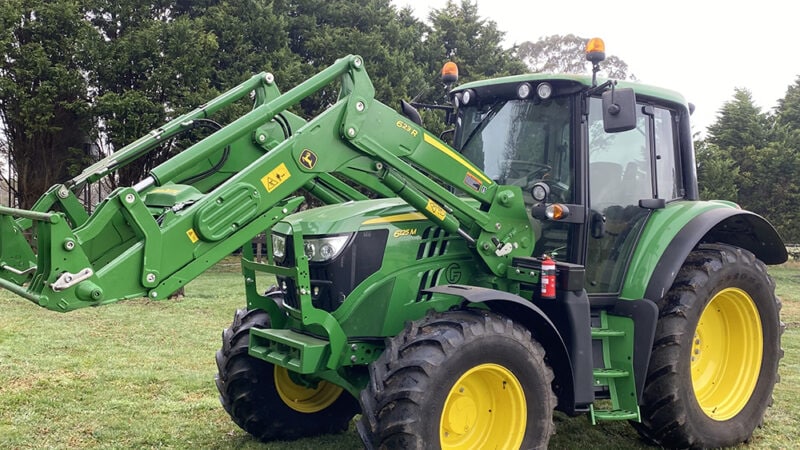
I think a lot of this attitude comes from that around tractors of ‘old’
That ‘rule’ being.. if it has ROPS you ‘need’ a seatbelt if it doesn’t you are ‘better off’ without a belt (the idea being more likely to be thrown clear or leap)
At the end of the day the most potent safety tool is parked between your ears.